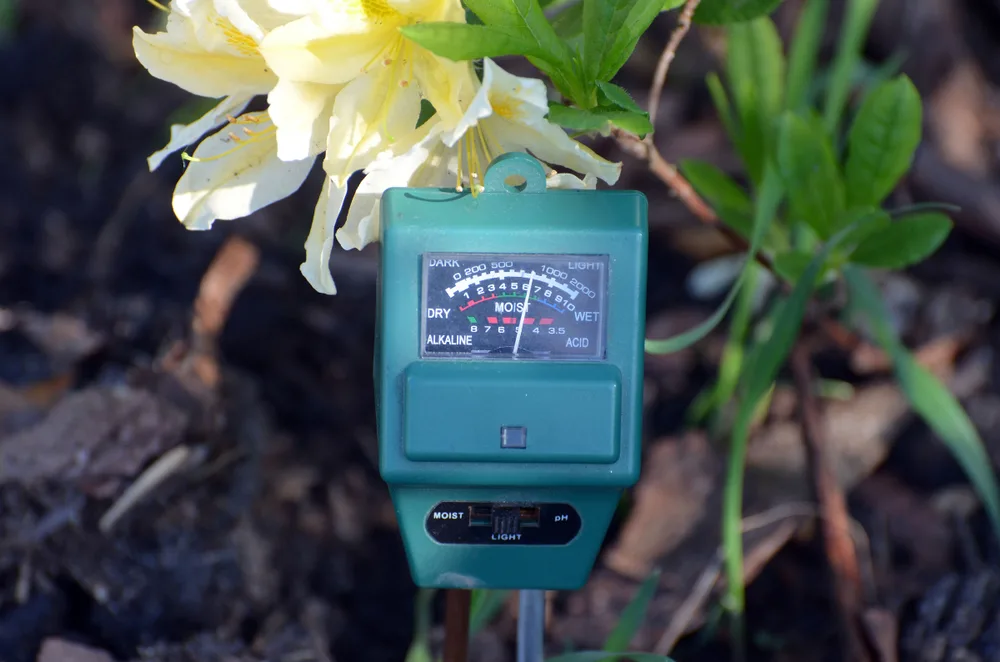
Soil pH is an important thing to understand. Soil pH is about how acidic your soil is.
Knowing the pH level in your garden is crucial to understanding which plants you should grow. Some gardens have acidic soils, some have neutral soils, and some have alkaline soils.
In my garden, for example, the natural soil pH is between 6.2 and 6.5 (slightly on the acidic side).
If you have alkaline soil, you might wish to make it more acidic.
You might also want to make soil more acidic if you have neutral soil and want to grow acid-loving (ericaceous) plants.
Later in this article, we’ll talk about eight ways to make your soil more acidic (and 5 methods you should not use).
But before we get to that, let’s take a closer look at why you might want to make your soil more acidic:
4 Reasons to Make Your Soil More Acidic
You might want to make your soil more acidic because:
1. Extreme Alkaline Conditions are Causing Nutritional Deficits in Plants
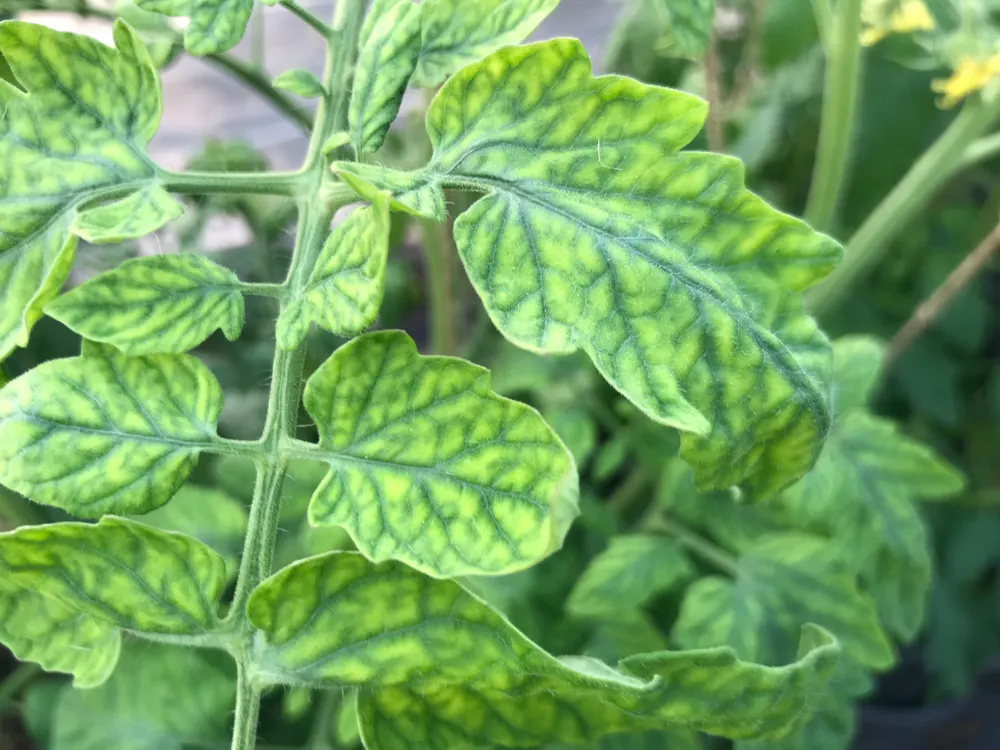
Phosphorus, iron and manganese become less available when the pH is very alkaline. This can lead to plants exhibiting the symptoms of nutritional/ mineral deficiencies.
To redress problems, you generally need to get the pH down closer to and ideally below 7. The goal for those with extremely alkaline soil is to achieve a more neutral pH (not actually a very acidic one).
The number you are generally aiming for is pH 6.5, which is said to be the best pH for gardens and allows a wide range of plants to grow. The availability of major nutrients and the bacterial and earthworm activity are all optimal when the pH is at this level.
It is not very realistic to expect to be able to make soil more acidic than this if you are dealing with an extremely alkaline soil.
2. You Want to Create an Area To Grow Plants Which Need Acidic Soil
If you already have a relatively balanced soil, with a pH somewhere between 5 and 7, you might also wish to acidify your soil (at least in certain areas) in order to be able to grow plants that need acidic soil. (Some examples can be found below.)
Lowering your soil pH to around 5 can allow you to grow ericaceous (acid loving) plants. But don’t go too far.
In soils with a pH of between 3 and 5, most plant nutrients will become more soluble and be more easily washed away. And below a pH of 4.7, bacteria cannot rot organic matter and fewer nutrients become available for plants.
Those are the main two reasons to make soil more acidic. But there are a few other random reasons. For example, you might want:
3. To Turn Pink Hydrangeas Blue.
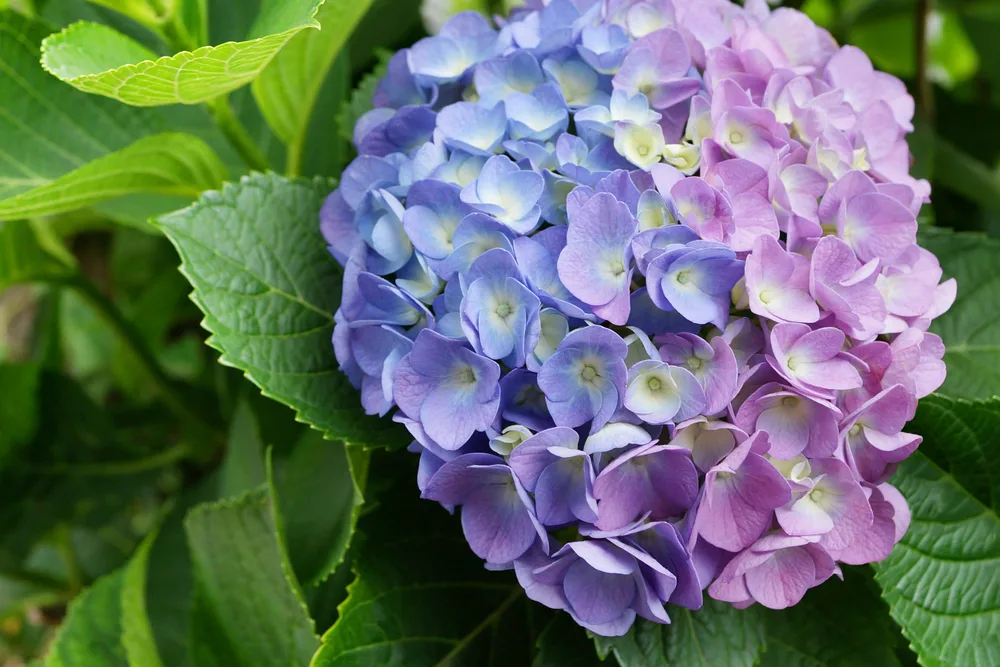
Hydrangeas can change color depending on the acidity levels in the soil.
For blue flowers on your hydrangea the soil needs to have a pH level between 5.2 and 5.5, as well as altering the mineral composition of the soil to provide plants with more aluminium.
While this is possible, you’ll need to keep up an acidifying routine over time. If you want to, consider growing in containers to make it easier.
However, personally, I don’t think it is worth the bother!
Do You Have Very Alkaline Soil?
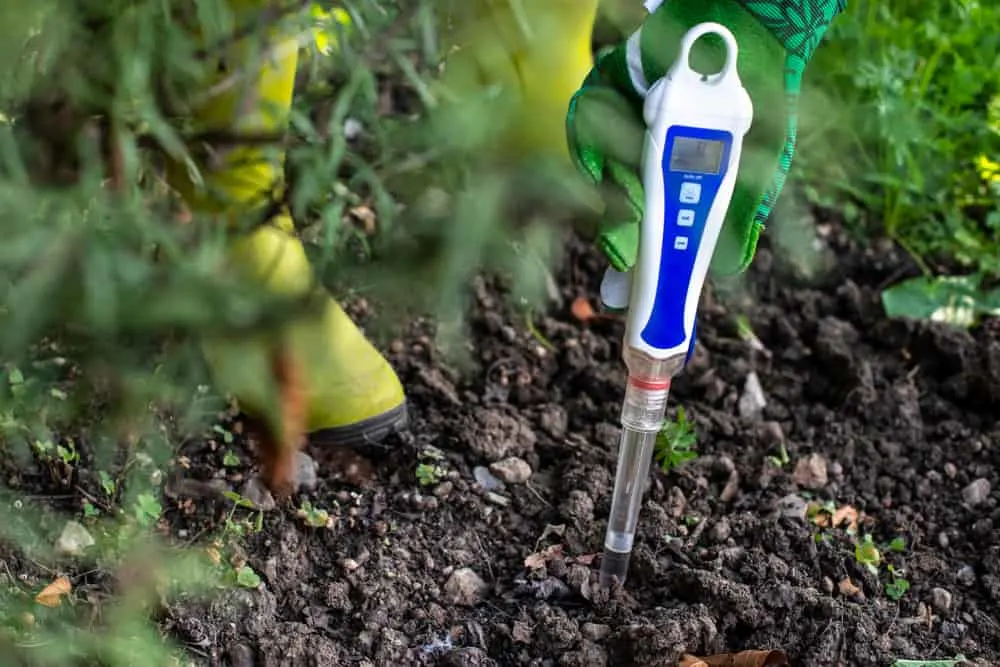
To determine whether or not you have alkaline soil in your garden, you can purchase a pH tester kit. If the soil pH in your garden is between 7.1 and 8.0 then you are dealing with an alkaline soil.
If you would like to know if you have alkaline soil without buying a tester kit, you can also do a simple check at home.
Simply place a small amount of soil from your garden in a jar of vinegar.
If it froths up, the soil is alkaline in nature. If it does not, this may not be the problem where you live.
You may also be able to get some clues about soil pH by looking at the plants already in your garden, and in the surrounding area.
If there are plenty of plants that like alkaline conditions, this will give you a clearer idea of what else will do well in your garden.
If you do have alkaline soil, especially if it is not extremely so, it is a good idea to consider working with what you have.
Consider fitting the plants to place, rather than trying to alter the place to suit different plants. Rather than amending the soil, choose plants that will naturally tolerate or even thrive in the conditions where you live.
Choosing Plants Which Like Alkaline Soil
To help you create a great garden without doing much to amend the soil pH, here are some plants which like alkaline soil:
Trees for Alkaline Soil
- Blackthorn
- Cotoneaster frigida
- Field Maple
- Hawthorn
- Holm oak
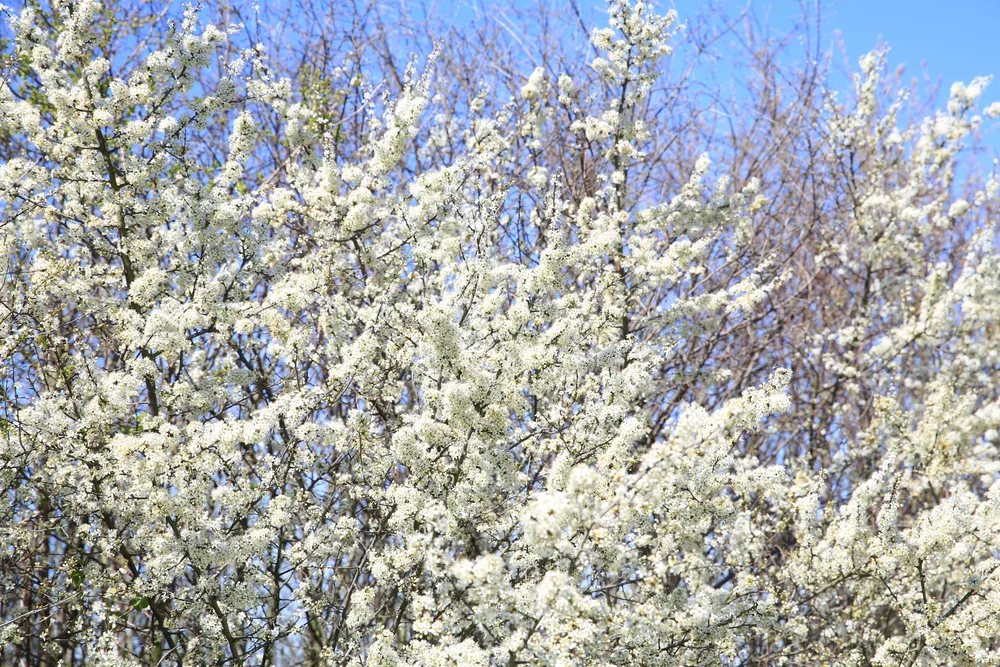
- Montezuma pine
- Sorbus alnifolia
- Spindle
- Strawberry tree
- Yew
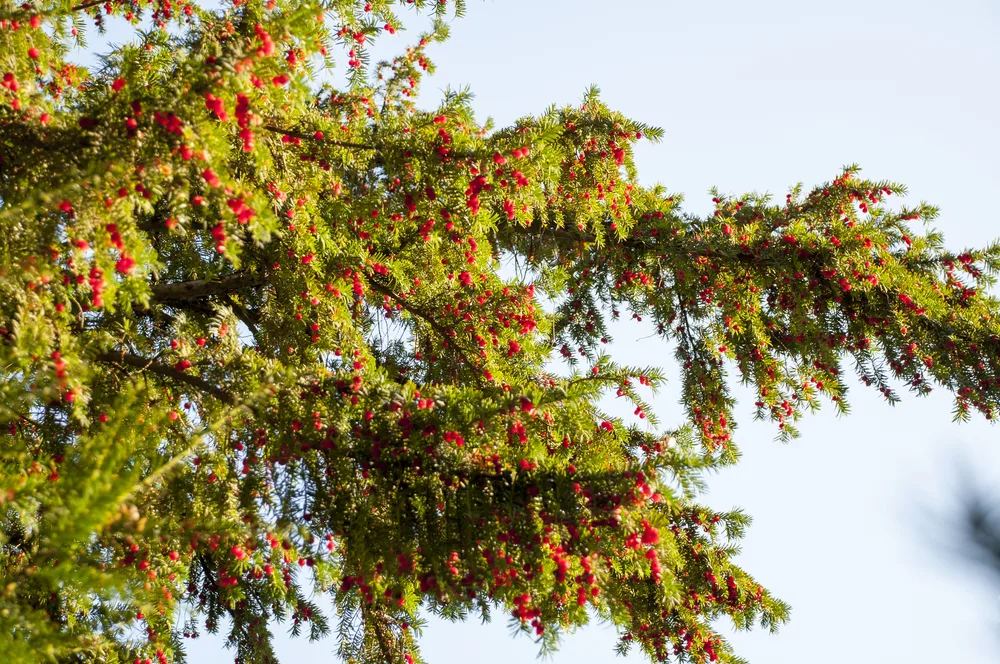
Shrubs for Alkaline Soil
- Buddleia
- Deuzia
- Forsythia
- Hydrangea
- Lilac
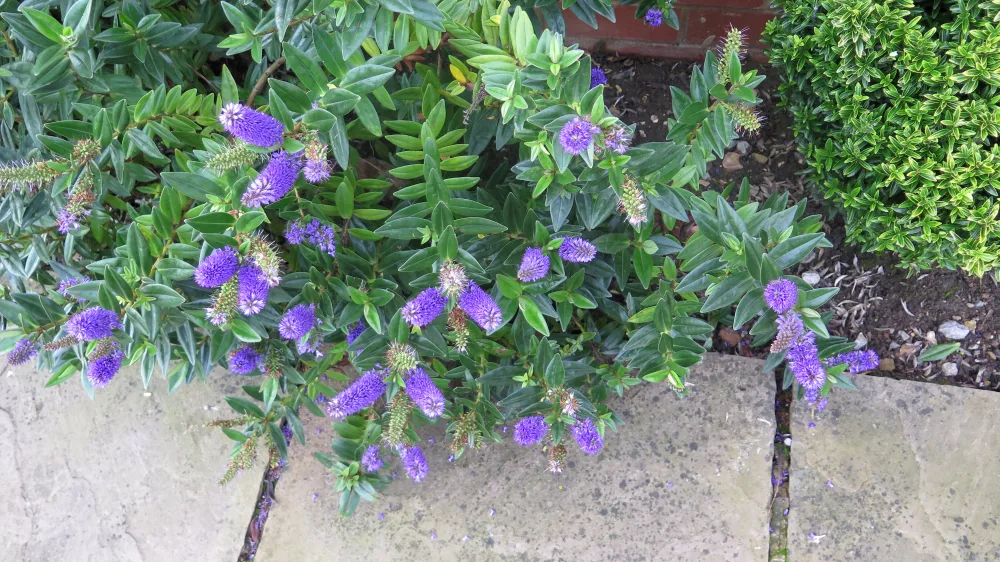
- Osmanthus
- Philadelphus
- Santolina chamaecyparissus
- Viburnum opulus
- Weigela
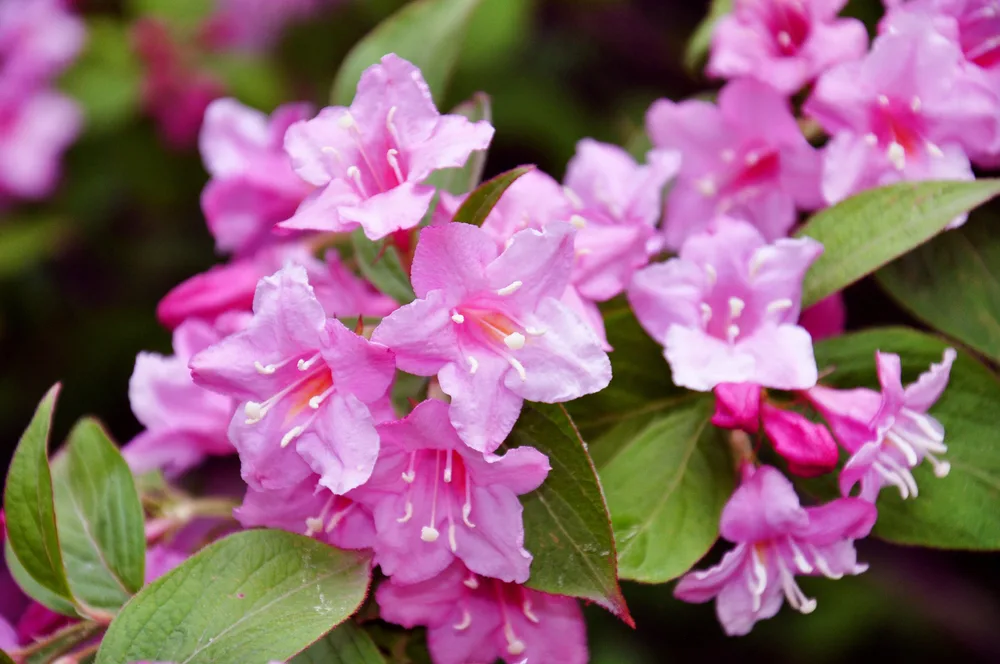
Vegetables and Herbs for Alkaline Soil
Vegetables, especially brassicas, but also several others. Options include, but are not limited to:
- Asparagus
- Broccoli
- Cabbage
- Kale
- Leeks
- Peas
- Pole beans
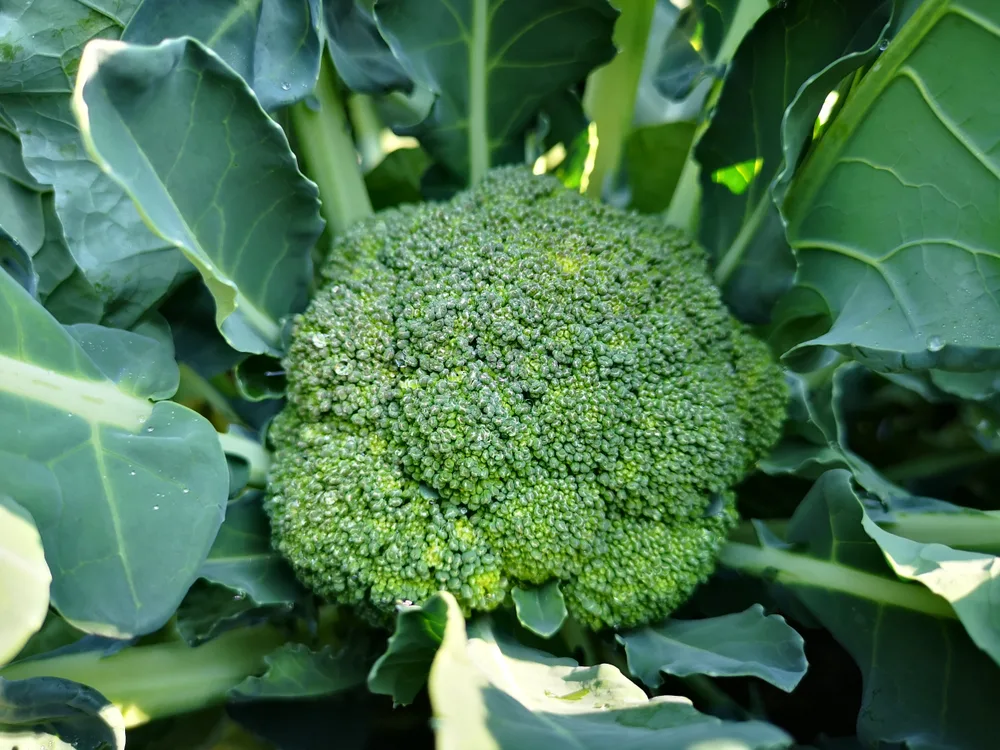
Ands herbs such as:
- Marjoram
- Rosemary
- Thyme
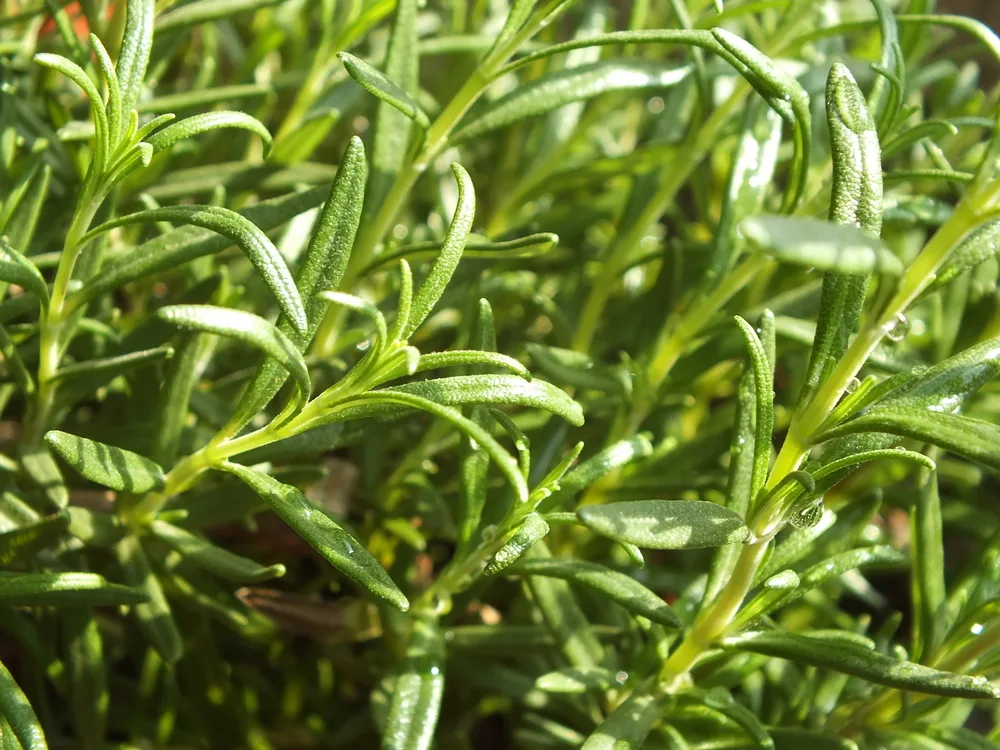
And plenty more.
Flowers for Alkaline Soil
- Anchusa
- Borage
- California poppies
- Lavender
- Lily of the Valley
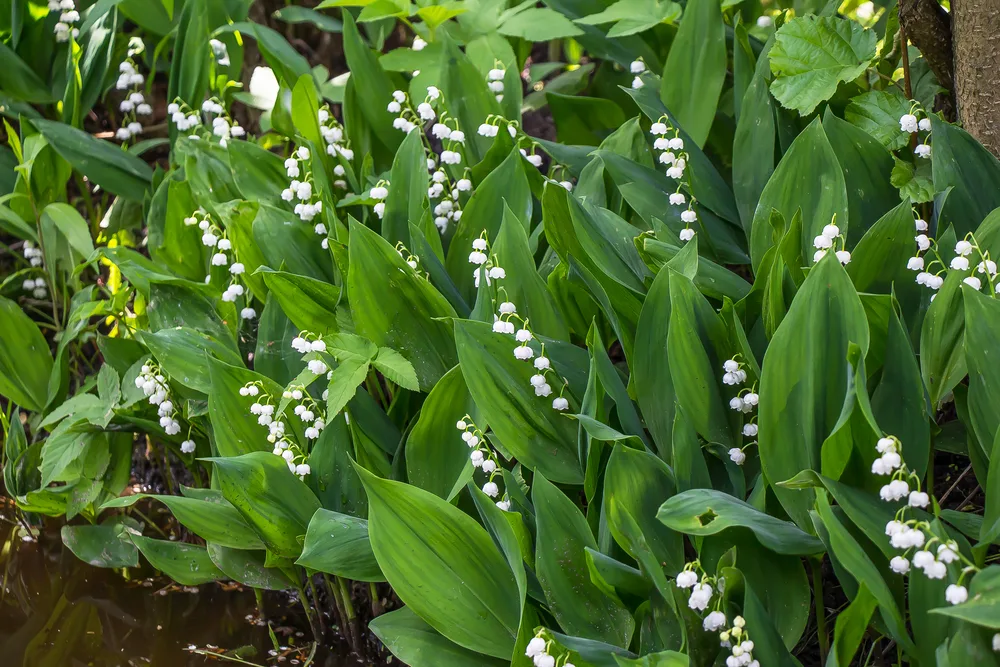
- Phacelia
- Polemoniums
- Trifolium (clovers)
- Viper’s Bugloss
- Wild marjoram
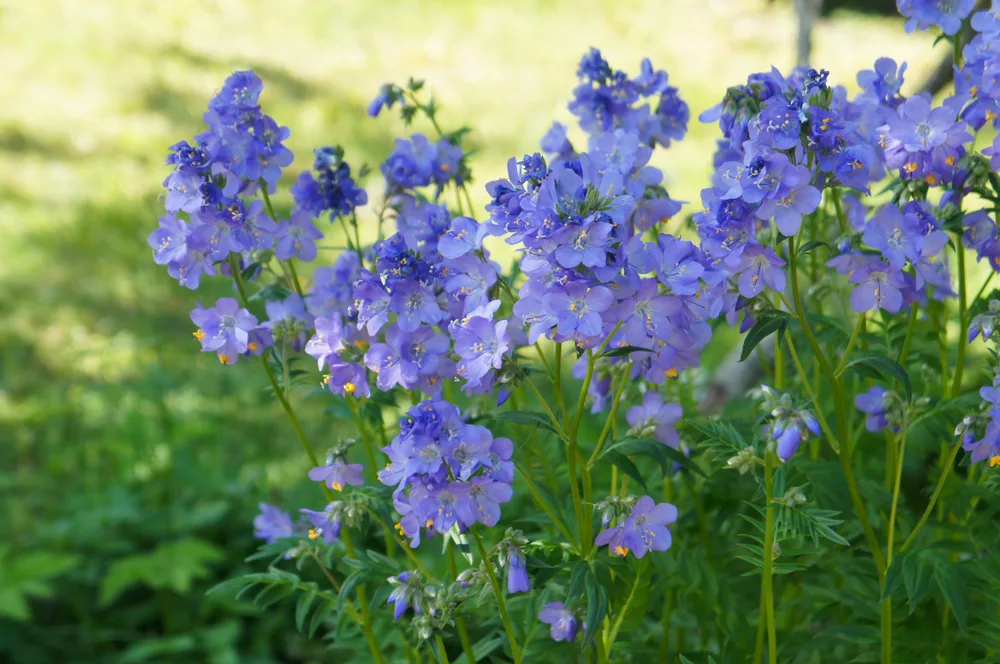
Amending More Neutral Soils For Acid-Loving Plants
As mentioned above, if you have a very alkaline soil, amending the soil enough to grow acid-loving plants can be an extreme thing to do – and quite a stretch.
You are definitely better to amend a little, but to embrace and make use of the alkaline conditions you have to grow the plants mentioned above, and other plants that do well in those conditions.
However, if you have a more neutral or slightly acidic soil, amending soil for ericaceous plants is more within your reach and far more achievable.
I would still definitely recommend growing them in pots/ containers or raised beds rather than in the ground in your garden. Amending a small area like this is far easier and less obtrusive than altering pH in a wider area.
Which Plants Need Acidic Soil?
Here are some plants that you might want to make soil more acidic to grow, either in containers or raised beds, or in the ground:
- Azaleas
- Camellias
- Rhododendrons
- Heathers
- Blueberries
- Cranberries
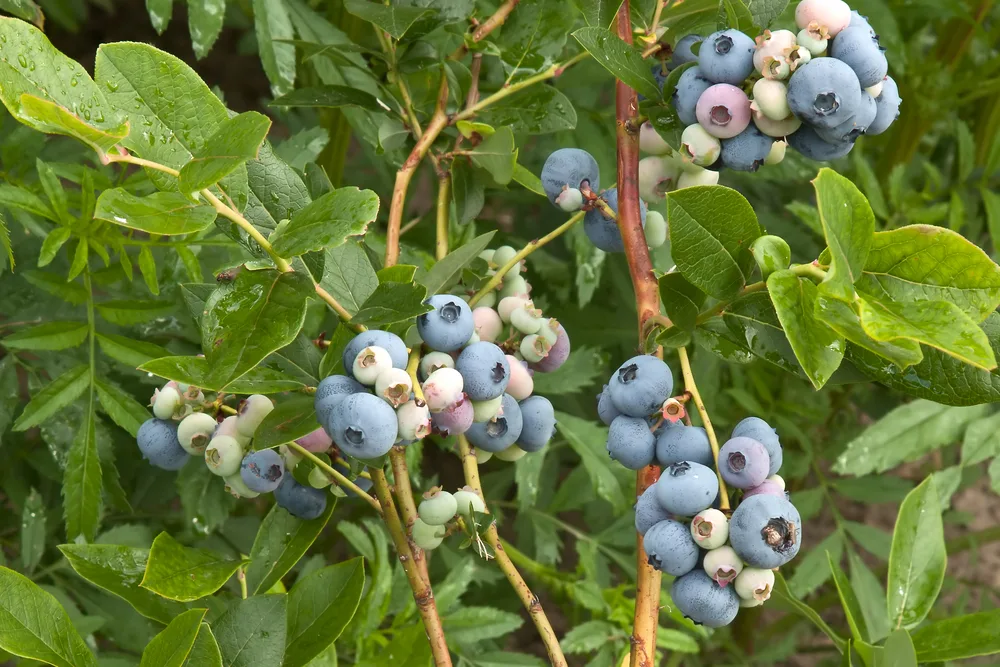
5 Things To NOT Do To Acidify Your Soil
First, here are five things not to do:
- Don’t buy ‘blueing agents’ such as aluminium sulphate! Effects are speedy, but a lot of it can reduce pH excessively, and can interfere with phosphorus levels in the soil. Applying it often can also result in toxic levels of aluminium in the soil.
- Ferrous sulphate, widely available at garden centres, can also interfere with phosphorus levels.
- Do not use sphagnum peat moss/ peat to add acidity. Peat bogs are an important carbon sink, and contributing to their destruction is never a sustainable choice.
- Do not use synthetic fertilizers, such as those containing ammonium nitrate or ammonium sulfate. These can be effective in making soil more acidic, but come at a huge cost to people and planet. (Almost 45% of the CO2 emissions from industry are the result of the manufacture of just four products: cement, steel, ammonia and ethylene. Ammonia (mostly used in fertilizers for agriculture and gardening) releases 0.5 Gton CO2 each year. So to go greener and make sure you are not contributing to our climate crisis, avoid these things whenever possible.)
- Finally, don’t amend your soil if you do not really have to. It is always far better to make the most of what you have. Rather than trying to fight nature, work with it. If you really, really want to grow acid-loving plants in your alkaline soil garden, then before amending the soil, you should really consider simply growing these plants in special raised beds or containers filled with an ericaceous compost mix (see below for details on this).
8 Ways To Make Your Soil More Acidic
It is important to understand there is no ‘quick fix’. Altering pH organically is something that you do slowly, over time.
1. Add Sulphur to Your Soil
If you are encountering problems with extreme alkalinity, adding sulphur is one slow but safe way to do so. Adding chips or dust will slowly acidify your soil somewhat over a number of weeks (or even months).
How effective the sulfur will be to change soil pH will depend on what type of soil you have. Clay soils will need much more sulfur to alter their pH than sandy ones.
Soils rich in organic matter will also need more sulfur to make a change.
2. Add Compost to Your Soil
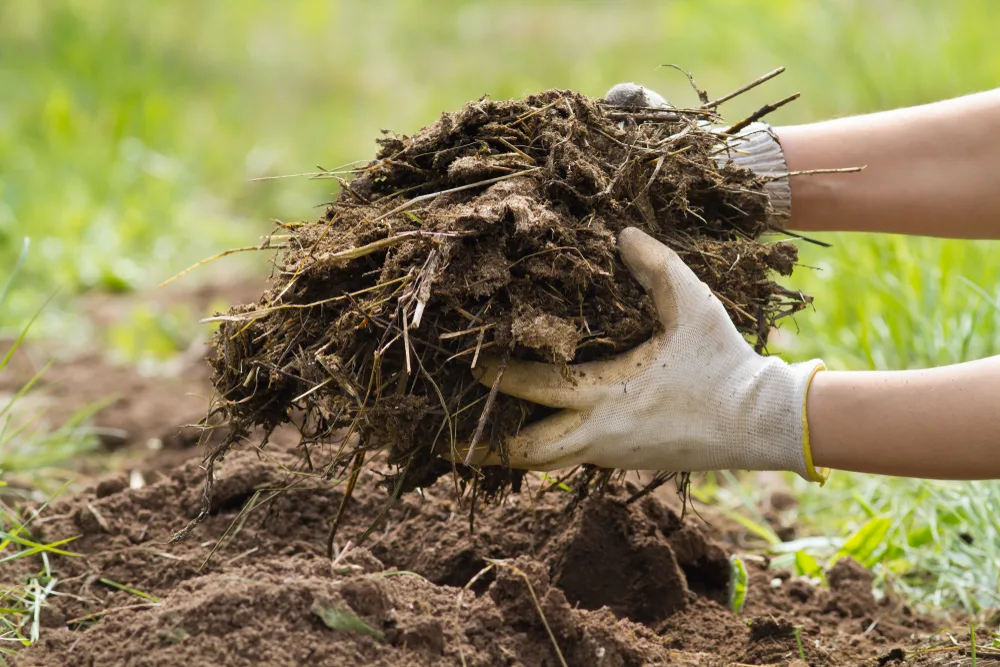
To slowly make an alkaline soil more neutral, adding compost is a simple yet effective measure that will very gently and very slowly balance soil pH over time.
Simply add compost as a topdressing and soil life will manage the work of integrating it into your soil.
3. Add Leaf Mold to Your Soil
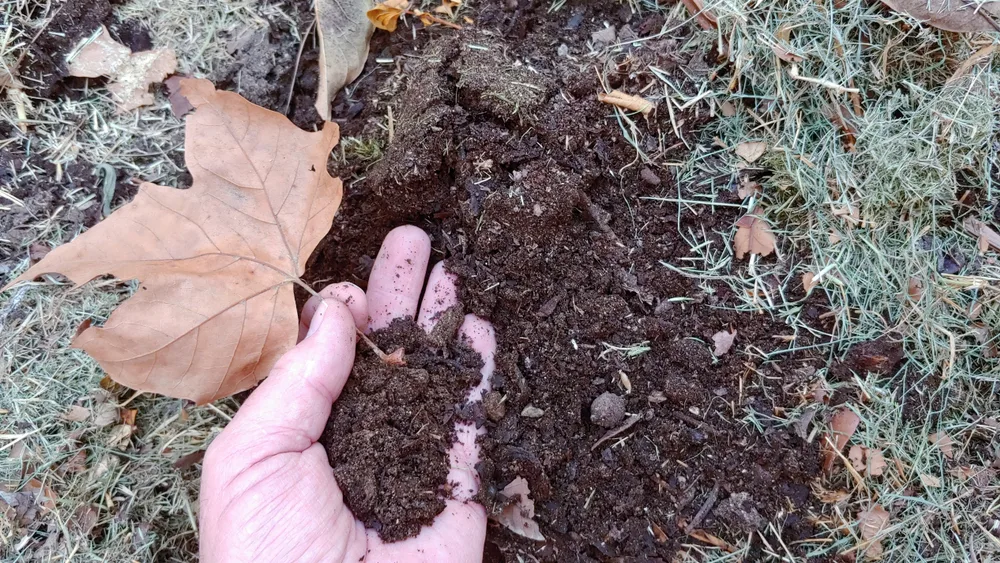
Adding leaf mold to your soil will also help lower pH gently and slowly.
Composted oak leaves can be particularly effective.
Like adding compost, adding leaf mold will also improve the water retention and nutrient retention of the soil and improve fertility over time.
Here’s how to make your own leaf mold.
4. Buy or Make, and Add, Ericaceous Compost.
If you want to create a more acid, rather than just a more neutral soil, buying, or better yet making an ericaceous compost is a great idea.
You can boost the acidity of your homemade compost by adding plenty of acidic materials such as:
- pine needles
- oak leaves
- vinegar, citrus fruits etc..
5. Add a Mulch of Pine Needles
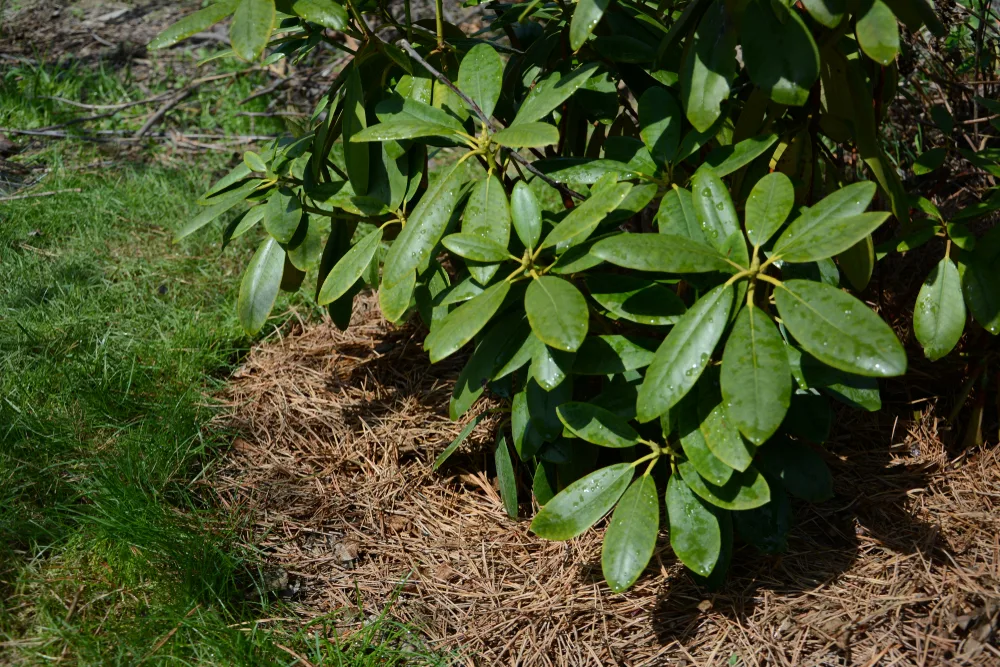
You can also add mulches of pine needles or oak leaves around acid loving plants to make sure that the soil remains at the right pH level over time.
As these break down in place, they should very gently and very slowly acidify the soil somewhat.
6. Add a Mulch of Cottonseed Meal
Another mulch you can add is cottonseed meal. This is a byproduct of the cotton industry so could be an interesting mulch choice if you live in a cotton producing region.
But if you have an organic garden, and in general, it is best to avoid this if it did not come from an organic farm.
You don’t want to bring harmful pesticides or herbicides into your garden.
7. Use An Organic Liquid Feed on Your Garden
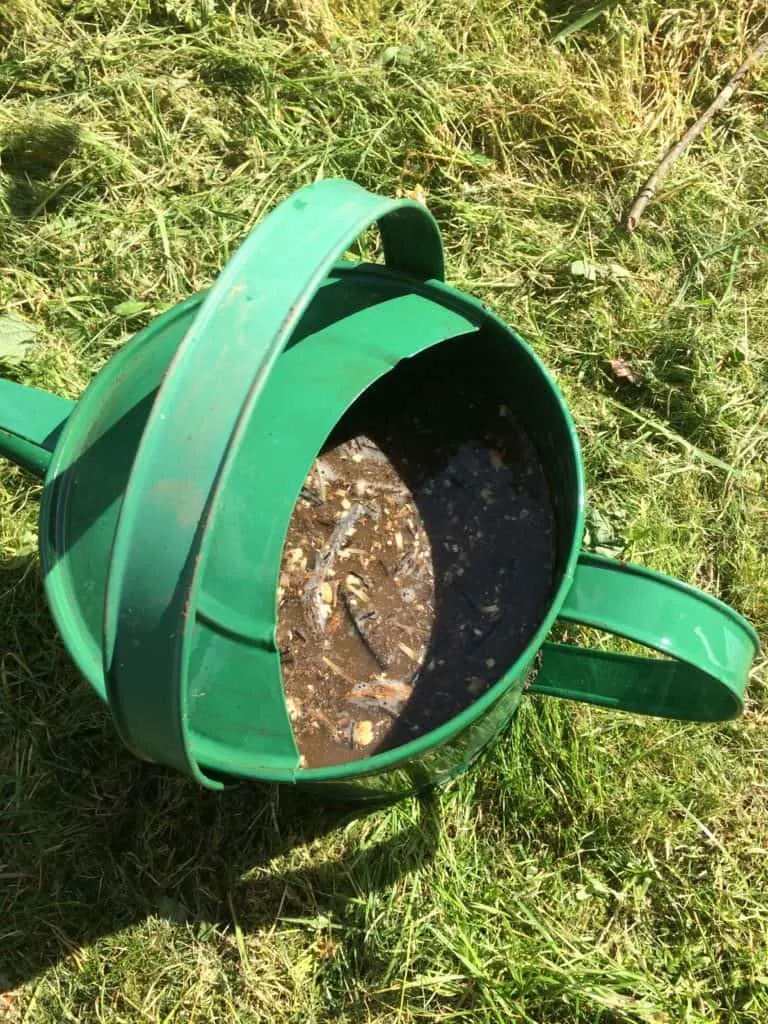
Using an organic liquid feed like a compost tea made from ericaceous compost could also be beneficial to top up acidity and give ericaceous plants a bit of a boost.
8. Use Acidifying Liquid Feeds Such as Vinegar/ Lemon etc. (In Moderation).
Finally, you can also water your acid-loving plants in pots,containers or raised beds with another acidifying liquid feed.
You can add vinegar, lemon juice and other acidic liquids – but only in moderation. If adding vinegar, aim to water with a mix of 1 cup vinegar to 1 gallon water.
Why not try making your own vinegars at home (like apple cider vinegar)?
You could use these to gently acidify soil around ericaceous plants, and they’ll also add nutrients too.
Remember, begin by thinking about how you can make the most of what you have.
Make small, slow changes where you make them at all. And continue to improve the soil in your garden by adding compost and organic matter, no matter what kind of soil you have.

Get the famous Rural Sprout newsletter delivered to your inbox.
Including Sunday ramblings from our editor, Tracey, as well as “What’s Up Wednesday” our roundup of what’s in season and new article updates and alerts.

